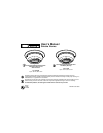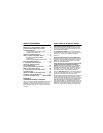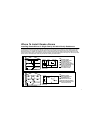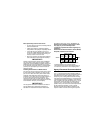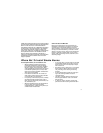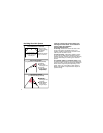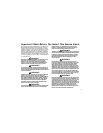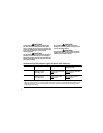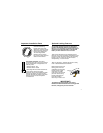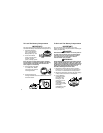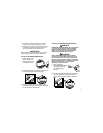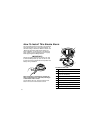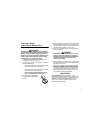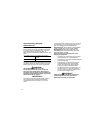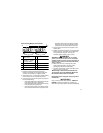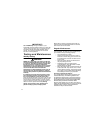3
reliable early warning protection for those areas separated
by a door from the areas protected by the required smoke
alarms. For this reason, it is recommended that the
householder consider the use of additional smoke alarms
for those areas for increased protection. The additional
areas include the basement, bedrooms, dining room,
furnace room, utility room, and hallways not protected by
the required smoke alarms. The installation of smoke
alarms in kitchens, attics (finished or unfinished), or
garages is not normally recommended, as these locations
occasionally experience conditions that can result in
improper operation.
California State Fire Marshall
Early warning detection is best achieved by the
installation of fire detection equipment in all rooms
and areas of the household as follows: A smoke
alarm installed in each separate sleeping area (in the
vicinity, but outside bedrooms), and heat or smoke
alarms in the living rooms, dining rooms, bedrooms,
kitchens, hallways, finished attics, furnace rooms,
closets, utility and storage rooms, basements, and
attached garages.
Where Not To Install Smoke Alarms
For best performance, do not install the unit:
• Where combustion particles are produced.
Combustion particles form when something
burns. Areas to avoid include poorly ventilated
kitchens, garages, and furnace rooms. Keep
units at least 20 feet (6 meters) from the sources
of combustion particles (stove, furnace, water
heater, space heater) if possible. Ventilate these
areas as much as possible.
• In air streams near kitchens. Air currents can
draw cooking smoke into the sensing chamber
of a smoke alarm near the kitchen.
• In very damp, humid or steamy areas, or directly
near bathrooms with showers. Keep units at
least 10 feet (3 meters) away from showers, sau-
nas, dishwashers, etc.
• Where the temperatures are regularly below 40˚
F (4˚C) or above 100˚ F (38˚ C) including
unheated buildings, outdoor rooms, porches, or
unfinished attics or basements.
• In very dusty, dirty, or greasy areas. Do not install
a smoke alarm directly over the stove or range.
Clean a laundry room unit frequently to keep it
free of dust or lint.
• Near fresh air vents, ceiling fans, or in very drafty
areas. Drafts can blow smoke away from the
unit, preventing it from reaching the sensing
chamber.
• In insect infested areas. Insects can clog open-
ings to the sensing chamber and cause
unwanted alarms.
• Less than 12 inches (305 mm) away from fluo-
rescent lights. Electrical “noise” can interfere
with the sensor.
•
In “dead air” spaces. “Dead air” spaces may
prevent smoke from reaching the smoke alarm
.



